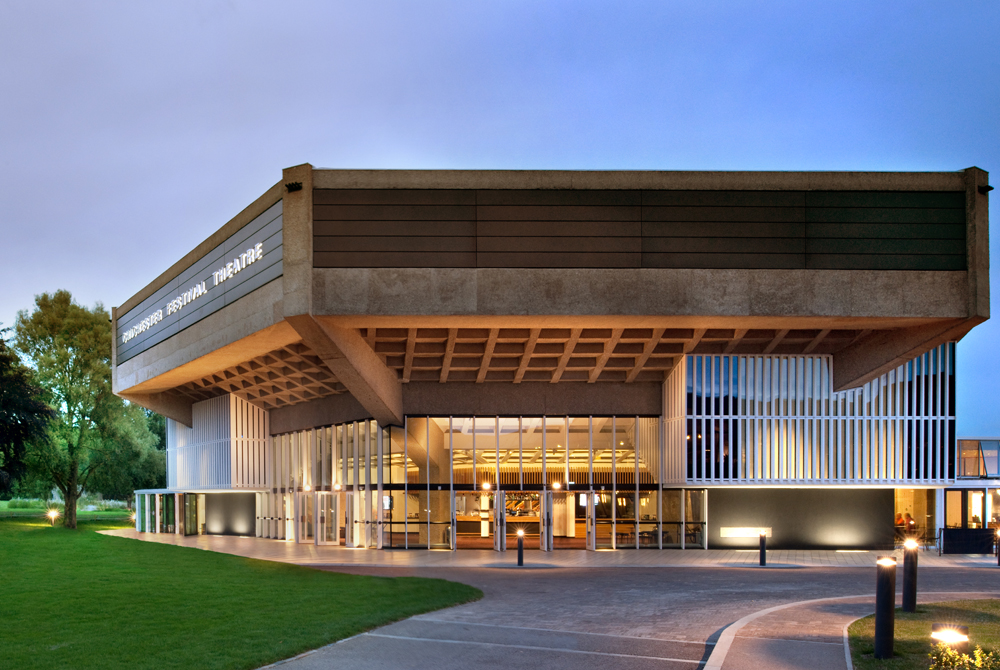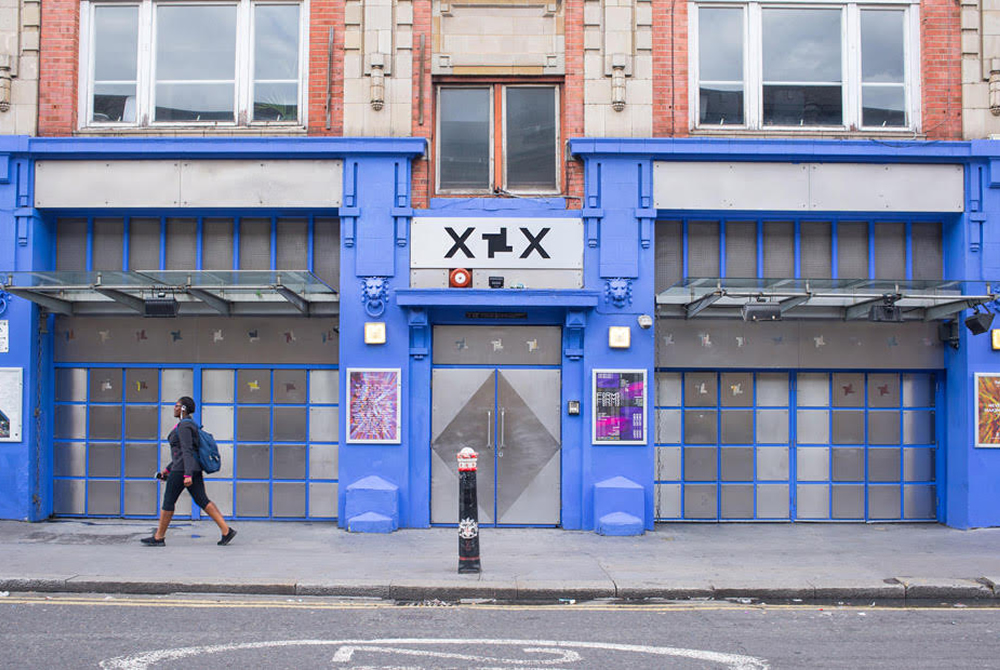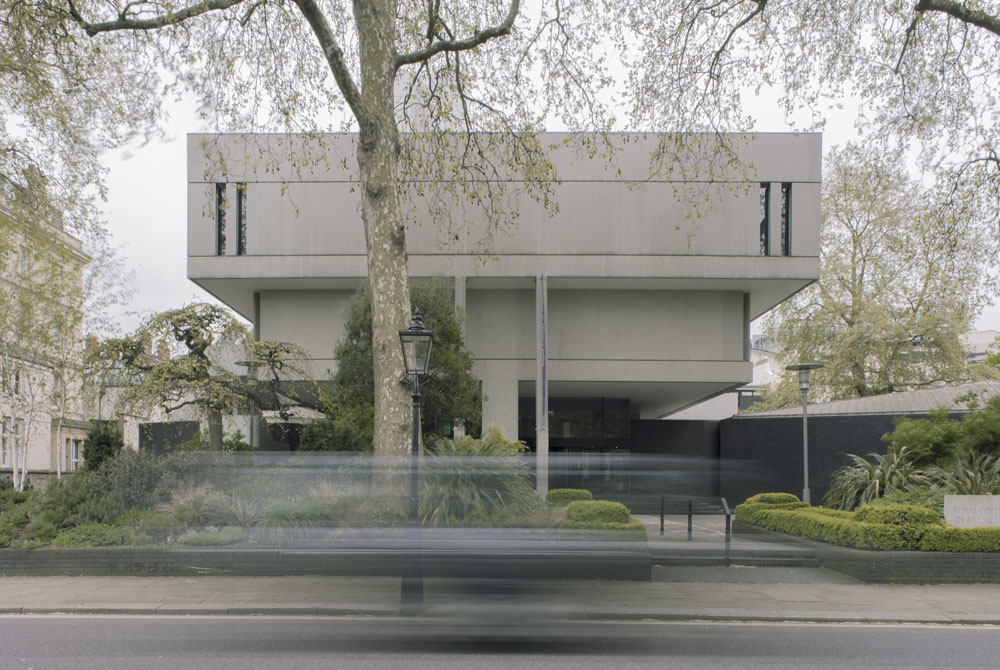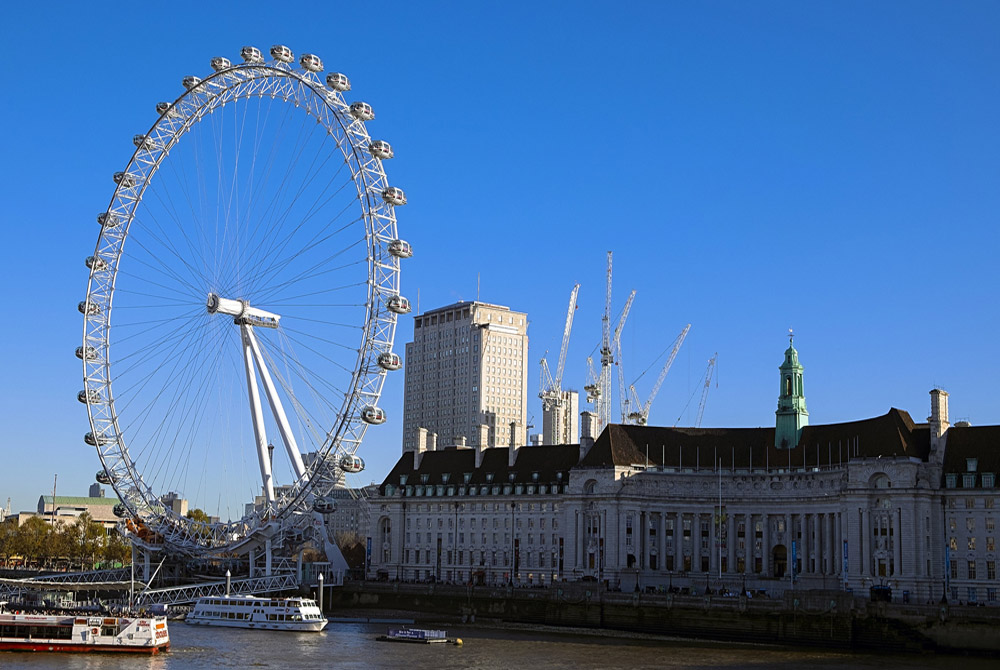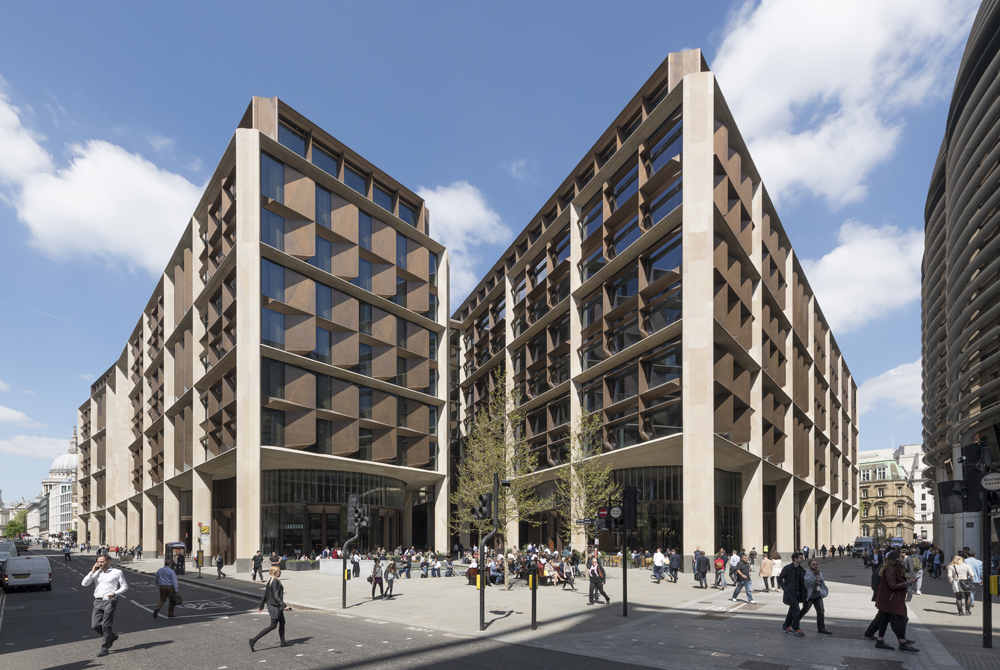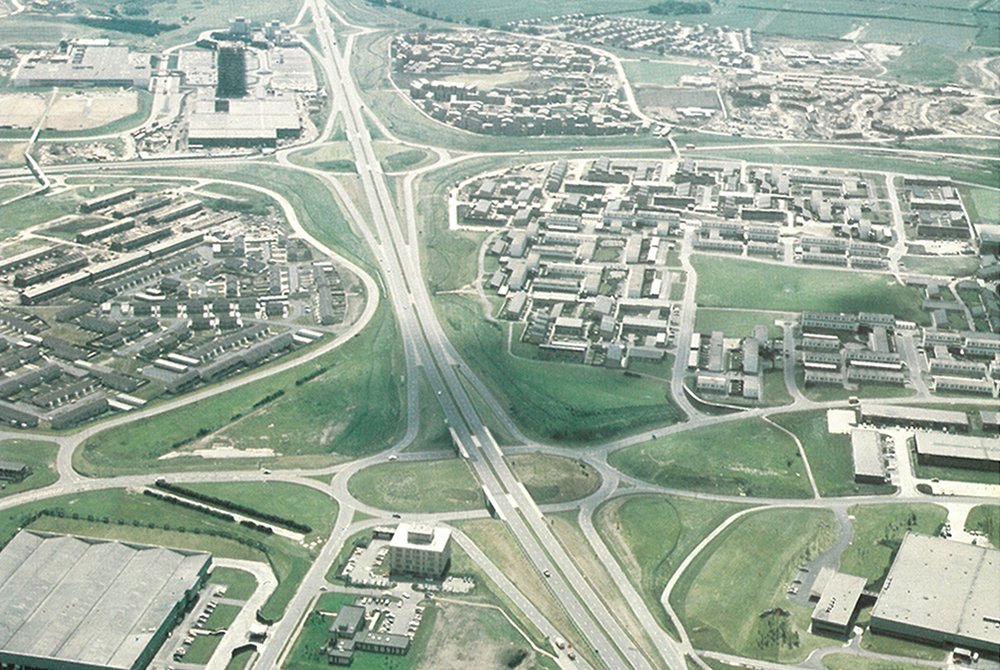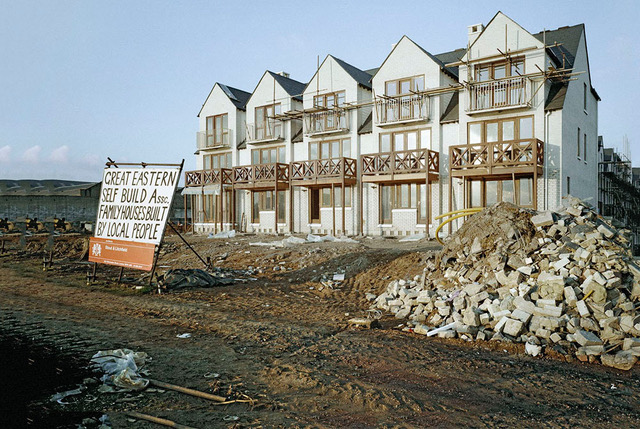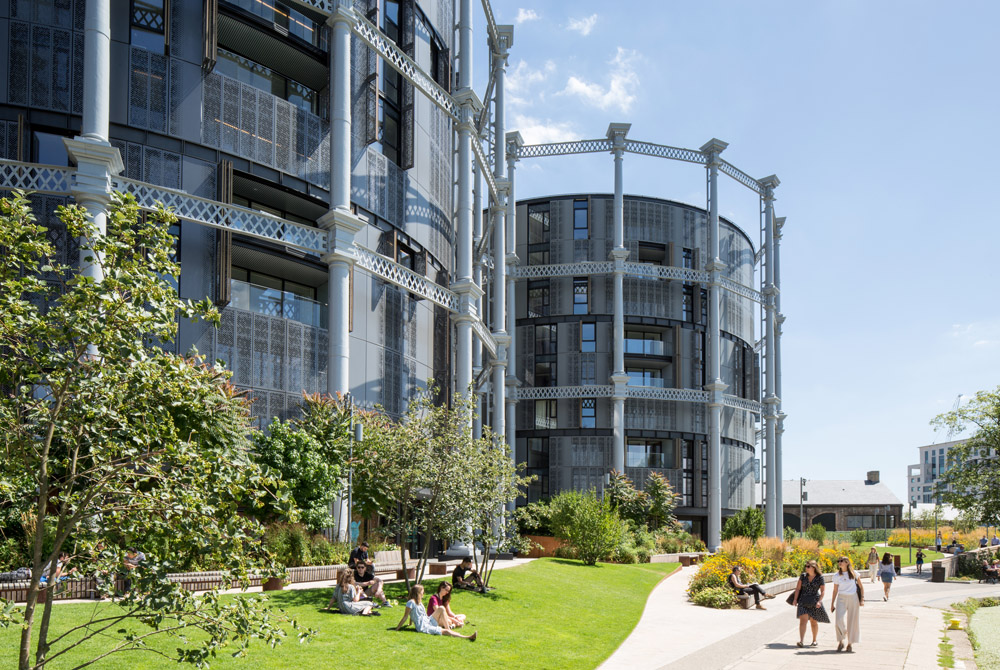His sculptures...evoke an incredible sensory reaction within us, quasi spiritual, but not religious.
 Preparatory sketch for the ANGEL OF THE NORTH ©Antony Gormley
Preparatory sketch for the ANGEL OF THE NORTH ©Antony Gormley
I became acquainted with Antony Gormley’s work through his project ‘Angel of the North’; this breakthrough work (visited by more than 30 million people a year) not only attracted much attention due to its scale, identity, symbolis, but to me created the start of appreciating Antony’s quasi obsession with the human body and mind. As an Environmental Engineer, tackling human centric issues in my day-to-day work, Antony’s work touched a nerve to a level that I have followed and visited most of his works/exhibitions since.
 Casting process © Antony Gormley studio
Casting process © Antony Gormley studio
I was fortunate to have had the opportunity to even collaborate with Antony across a few projects. Realising the ‘Blind Light’ project, whilst simple in Antony Gormley’s vision was tremendously challenging technically and helped me appreciate the concept of cross-fertilisation of ideas across different industries that normally do not work together; the need to think laterally and seek solutions in completely different industry sectors has proven invaluable then, and ever since, in pushing design across conventional boundaries into new and creative territories.
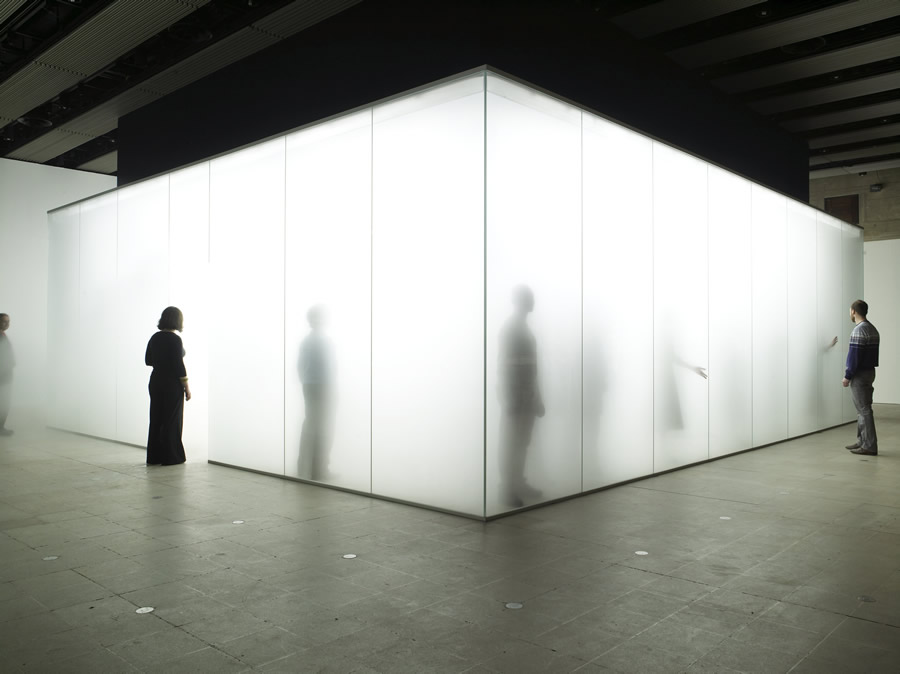 BLIND LIGHT, 2007, fluorescent light, water, ultrasonic humidifiers, toughened low iron glass and aluminium, 320 x 978.5 x 856.5 cm Installation view, Hayward Gallery, London, England Photograph by Stephen White, London © the artist
BLIND LIGHT, 2007, fluorescent light, water, ultrasonic humidifiers, toughened low iron glass and aluminium, 320 x 978.5 x 856.5 cm Installation view, Hayward Gallery, London, England Photograph by Stephen White, London © the artist
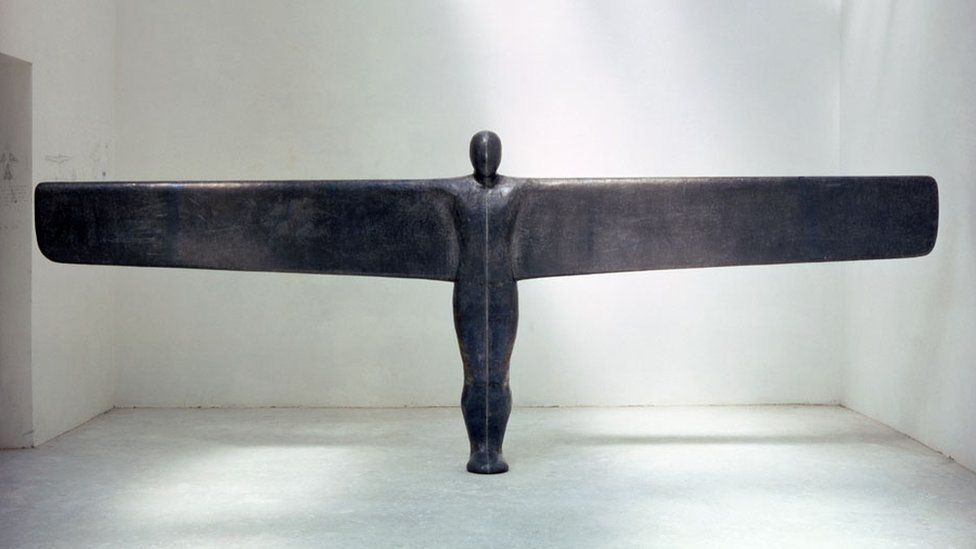 A CASE FOR AN ANGEL III, 1990. Plaster, fibreglass, lead, steel and air 197 x 526 x 35 cm. Tate Collection, London, England © the artist
A CASE FOR AN ANGEL III, 1990. Plaster, fibreglass, lead, steel and air 197 x 526 x 35 cm. Tate Collection, London, England © the artist
What was particularly important to me was the way AG’s work connects to our deep inner self, call it our spiritual side, and that his works, like ‘Blind Light’ – intentionally devoid of visual communication – forced you to depend on your other senses. It was extremely profound, certainly for me and probably most visitors; a different experiential context. With the incessant drive towards a more digital and virtual world, it is this loss of inner connectivity and the physical world that concerns me personally. Maybe that is why I love AG’s work.
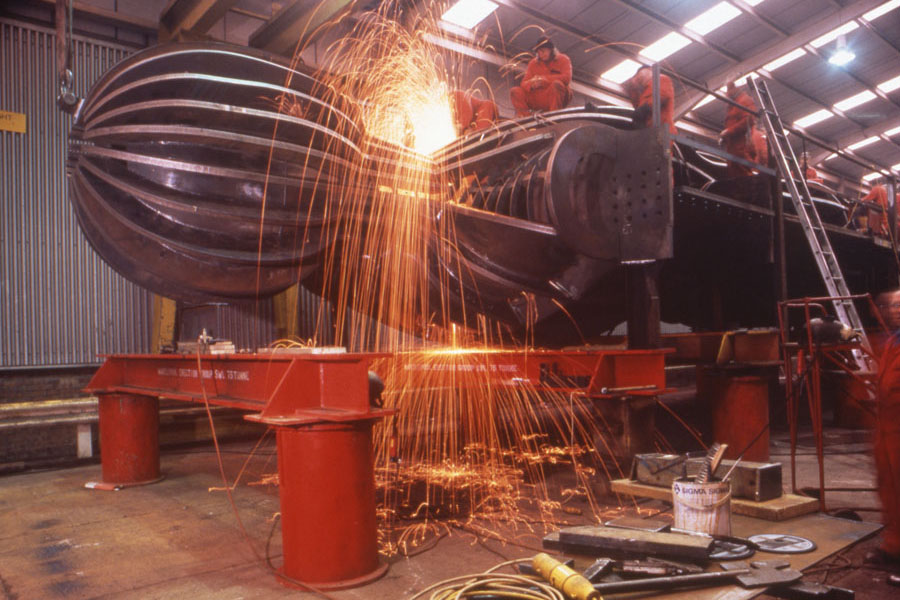 ANGEL OF THE NORTH work in progress: welding the Coreten steel components for the bodycase at Hartlepool Fabrication, County Durham. Photograph by Keith Paisley
ANGEL OF THE NORTH work in progress: welding the Coreten steel components for the bodycase at Hartlepool Fabrication, County Durham. Photograph by Keith Paisley
His sculptures are typically heavy, often playing with or against gravity; they evoke an incredible sensory reaction within us, quasi spiritual, but not religious. Like the 200-tonne sculpture ‘Angel of the North’, that was conceived by Antony Gormley as a symbol of hope rather than religion; in Antony’s own words “People are always asking why an angel? The only response I can give is that no-one has ever seen one and we need to keep imaging them.”
 Foot detail, ANGEL OF THE NORTH ©Antony Gormley
Foot detail, ANGEL OF THE NORTH ©Antony Gormley
Antony Gormley’s art is intensively connected to the human body. He does not only touch the mind but to me more importantly the soul; there is something in his work that challenges us to contemplate and reflect as to who we really are. I recall a lecture he held at the AA where after a short introduction asked those willing to close their eyes for the rest of the lecture and follow his words; this was the most powerful personal public speaking experience ever – quasi a meditative state where total focus was on the words and thereby evoking all sorts of imaginary internal reactions – that has left an indelible mark within me.
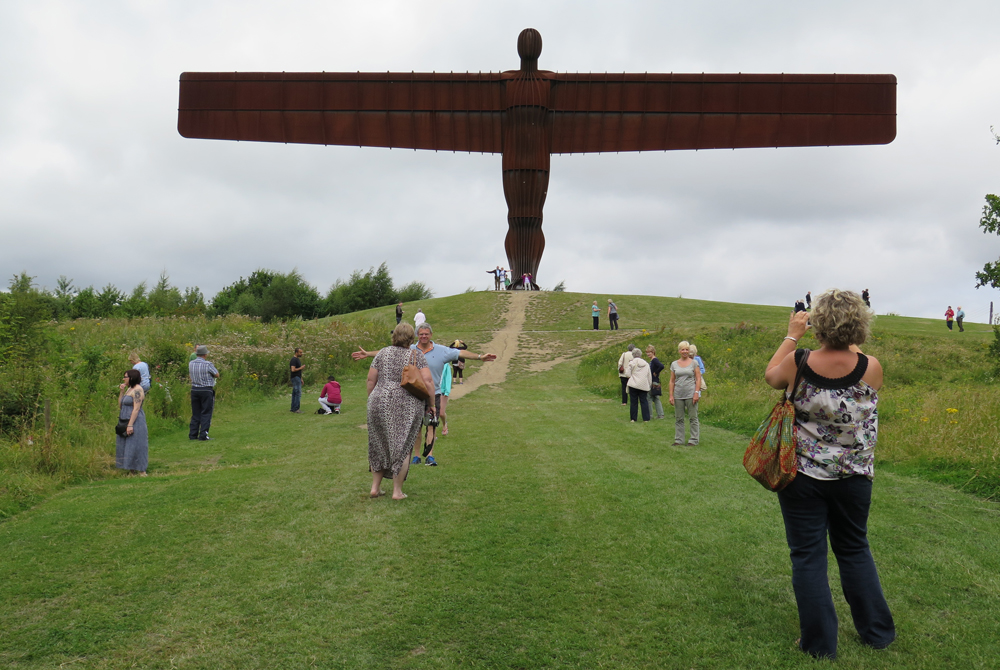 ANGEL OF THE NORTH, 1998. Steel 20 x 54 x 2.2m. Commissioned by the Gateshead Metropolitan Borough Council, Gateshead, England © the artist
ANGEL OF THE NORTH, 1998. Steel 20 x 54 x 2.2m. Commissioned by the Gateshead Metropolitan Borough Council, Gateshead, England © the artist
Antony Gormley is a master, whose work continues to inspire, evoke strong emotions and becomes ever more relevant in understanding who we are, in the evolutionary development of our world from physical to virtual.


